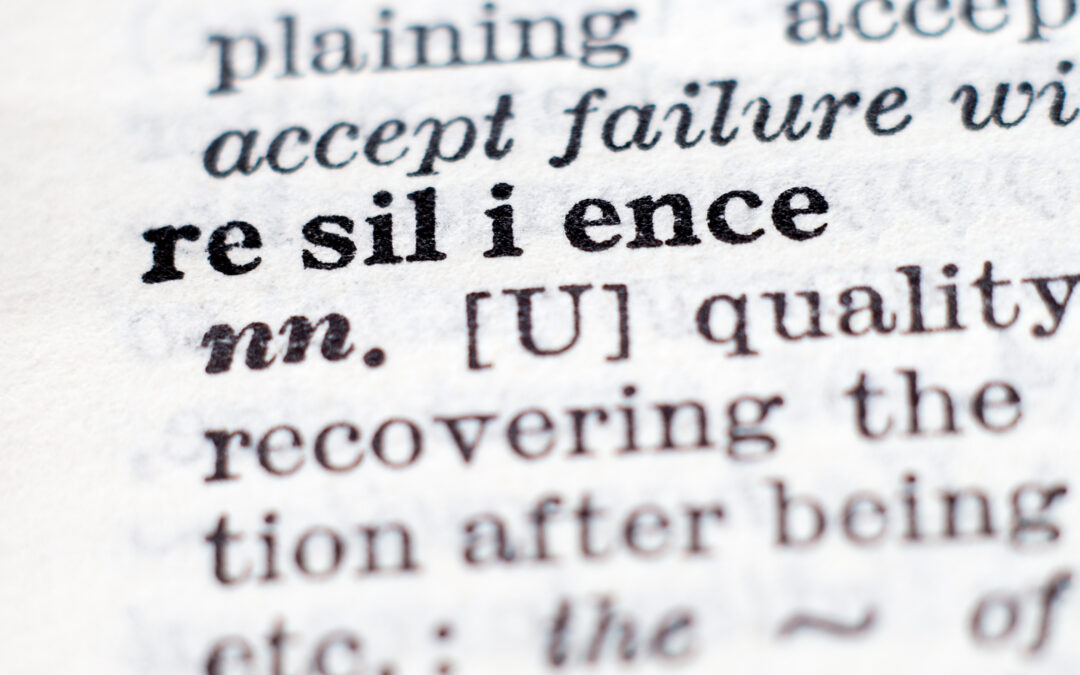What is resilience?
Resilience refers to the ability to successfully adapt to stressors, maintaining psychological wellbeing in the face of adversity. It’s the ability to recover from difficult experiences. Resilience is not a trait that people either have or don’t have. It involves behaviors, thoughts and actions that everyone can learn and develop.
Resilience is about being adaptable. It’s about being flexible. It’s about recognizing that you’ve got strengths that perhaps you never knew you had until you have to use them. Like many things in life–the more you practice, the more you learn. The more you learn about resilience and, indeed, the more you do of it, the more resilient you become.
Resilient people can adapt to stress, crises and trauma. They find ways to bounce back from the ups and downs of life and move forward. If you want to become more resilient, these tips can help. Remember that resilience is a skill, like riding a bike. The more you practice, the better you’ll be.
Ways to become more resilient
Resilience isn’t about “toughing it out” or reacting to every setback with a smile. Resilient people still feel sad, angry or frustrated when faced with a setback. They just find ways to move forward and tackle challenges with creativity, hope and a positive attitude.
Here are some ways to increase your resilience:
- Maintain a sense of perspective. Ask yourself, “How big is this problem, really?” and “What do I need to do?” Remember not to blow things out of proportion or catastrophize; remind yourself of the good in your life and that something really will change.
- Recognize that you have a choice in how you handle challenges. You can’t control what happens to you, but you can choose how you respond. You can choose to react to changes and problems with hope and a positive attitude.
- Accept change. Change and uncertainty are part of life. When you accept this, you’ll be better able to react to change with flexibility.
- Anticipate challenges. Focus on the positive ways you can meet challenges rather than the possible negative outcomes. This will help you feel more in control and less anxious.
- Learn how to calm yourself. When you feel yourself reacting to a challenge with escalating stress and anxiety, take steps to calm yourself (i.e., deep breathing, replacing negative thoughts).
- Overcome your fear. Everyone feels fear, especially when faced with a change. However, fear can hold you back from new experiences and opportunities for growth. If you are faced with a challenge that feels scary or stressful, start with the simplest thing you can do that takes you in the direction you want to go. Ask yourself, “What’s the smallest thing I can do to get started?” Once you’ve thought about it, do it.
- Let go of your anger. A difficult challenge can cause you to feel angry and upset. These feelings are common, but they won’t help you move forward. Work through your anger and try to let go of negative emotions by writing about them or talking with a trusted friend.
- Take action. Avoid dwelling on problems. Focus on solutions instead. Figure out what you can do and then do it, one step at a time.
- Laugh. Even when things seem to be falling apart around you, try to find time to smile and laugh. It’s very healing and will help you forget your worries for a few moments. Watch a movie that makes you laugh or spend time with a friend with a good sense of humor.
Source: SupportLinc EAP
Resiliency is the ability to push forward despite setbacks. Perseverance, grit, motivation and problem-solving skills are all key components that build overall resiliency. Your SupportLinc Employee Assistance Program offers resources to boost resiliency and navigate life’s challenges. Visit your SupportLinc EAP web portal for more information. The group code to create a new account is psh

